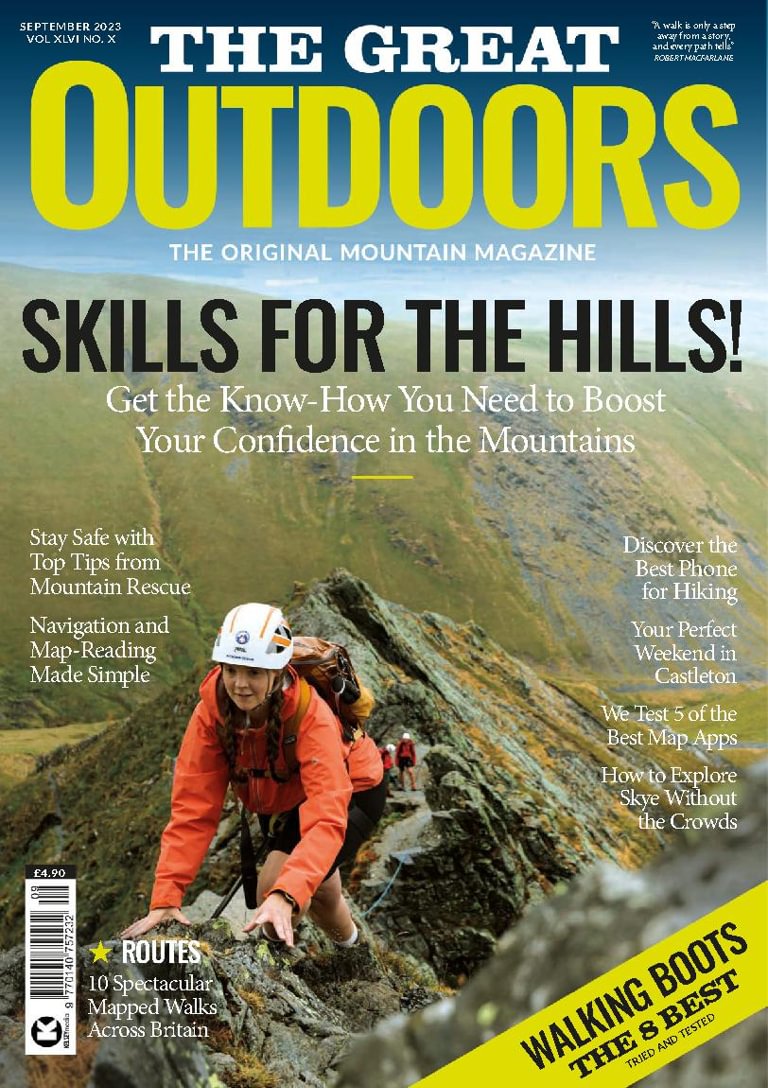To navigate in the wilderness without a GPS device, rely on natural landmarks, compass, and map-reading skills to determine your location and direction. In the absence of a GPS device, you can utilize visual cues from prominent landmarks such as mountains, rivers, and unique rock formations, combined with a compass to determine your navigational course.
Additionally, carrying and interpreting a detailed topographic map of the area can assist in pinpointing your location and planning your route effectively in the wilderness. Developing proficiency in these skills will enable you to navigate with accuracy and confidence, even without a GPS device, ensuring your safety and successful outdoor adventure.
Understanding Navigation Basics In The Wilderness
Understanding the basics of navigation is crucial when traversing the wilderness. These skills are essential for survival in such environments. Several navigational tools can be used to find your way. Firstly, having a map and compass is vital. These tools provide a visual representation of the surroundings and help determine the correct direction.
Alongside these tools, natural landmarks serve as reliable indicators of your location and direction. Additionally, celestial navigation can be employed by using the sun, stars, and moon as guidance. By understanding the movement of these celestial bodies, you can determine your position accurately.
Lastly, assessing the terrain and setting goals aids in navigation. Evaluating the landscape and setting achievable objectives will help maintain a sense of direction. With these navigational skills, one can confidently navigate and explore the wilderness, even without a GPS device.
Orienting Yourself With A Map And Compass
When navigating in the wilderness without a GPS device, orienting yourself with a map and compass becomes crucial. The first step is choosing the right topographic map, which provides detailed information about the terrain. Reading the map involves understanding contour lines and elevation, which help visualize the landscape.
Identifying land features and water sources on the map aids in finding reference points for navigation. To use a compass effectively, it’s important to comprehend the difference between magnetic and true north. Taking accurate bearings with the compass ensures a precise navigation experience.
Finally, triangulation can be employed to pinpoint your location by utilizing three distinct landmarks. By mastering these techniques, you can confidently navigate through the wilderness without relying on a GPS device.
Utilizing Natural Landmarks In The Wilderness
When navigating in the wilderness without a GPS device, utilizing natural landmarks becomes essential. Identifying and using prominent landmarks such as mountains and peaks, rivers, lakes, and streams, and unique rock formations can guide your way. Paying attention to natural navigation cues such as the position of the sun and shadows, stars and constellations, and wind and weather patterns can further assist in your navigation.
By observing and interpreting these natural elements, you can confidently find your way through the wilderness without relying on a GPS device. Learning to navigate using natural landmarks is a valuable skill that enhances your wilderness exploration and ensures your safety.
So, embrace the wilderness and rely on nature’s signs to guide your path.

Credit: www.discountmags.com
Mastering Celestial Navigation Techniques
Celestial navigation is a key skill for wilderness adventurers. By understanding how to interpret the sun’s position, you can determine your heading. The moon and stars also provide valuable guidance for navigation. Additionally, you can use the sun’s movement to find cardinal directions and the time of day.
During solar noon, the shadow stick method can assist in determining the direction of true north. At night, identifying constellations can help you find north and south. For more advanced techniques, consider using an astrolabe or sextant to measure celestial bodies’ angles.
This will enable you to calculate your latitude and longitude accurately. With these celestial navigation techniques mastered, you can confidently navigate without relying on a GPS device in the wilderness.
Assessing Terrain And Setting Goals For Navigation
Assessing the landscape and terrain features is crucial when navigating in the wilderness. Identifying different types of terrain helps in understanding the challenges ahead. Estimating distances and slopes aids in planning the best route. Creating a navigation plan involves setting waypoints and landmarks as reference points.
It is important to establish intermediate and final goals to stay on track. Adjusting navigation strategies based on weather and conditions ensures safety. Navigating in low-visibility situations requires relying on other senses and using navigational tools effectively. Adapting to challenging terrain or obstacles calls for flexibility and resourcefulness.
With these skills and knowledge, one can successfully navigate in the wilderness without relying on a GPS device.
Essential Tips For Wilderness Navigation Without A Gps
Developing situational awareness is crucial for wilderness navigation. Observing and remembering key landmarks helps in staying on track. Noting changes in the environment aids in tracking progress and avoiding getting lost. Keeping track of time and distance traveled ensures efficiency in navigation.
Utilizing pace counting and time estimation helps in estimating distance covered. In addition, utilizing backup navigation methods like dead reckoning and route planning provides alternative options. Natural navigational aids such as stars, sun, and moss on trees can also be utilized.
With these essential tips, anyone can navigate in the wilderness without the need for a GPS device.
Frequently Asked Questions On How Can I Navigate In The Wilderness Without A Gps Device?
How Can I Navigate Without Gps?
To navigate without GPS, use physical maps, landmarks, and road signs to find directions.
How Do You Navigate A Boat Without Gps?
To navigate a boat without GPS, use a compass, charts, landmarks, and celestial navigation techniques.
What Forms Of Navigation Are Available In The Wilderness?
The forms of navigation in the wilderness include map reading, compass usage, GPS technology, and celestial navigation.
How Do You Navigate In The Woods Without A Compass?
To navigate in the woods without a compass, look for natural landmarks like the sun, moss growth, or tree bark patterns.
Conclusion
Navigating in the wilderness without a GPS device may seem daunting, but it is entirely possible with the right knowledge and skills. By relying on traditional methods of navigation, such as using a compass, reading maps, and observing natural landmarks, you can successfully find your way in the great outdoors.
It is crucial to educate yourself on these tools and techniques before setting out on an adventure. Practice using a compass and map in familiar terrain before attempting more challenging routes. Additionally, familiarize yourself with the surrounding environment, taking note of distinctive features that can serve as reliable reference points.
By honing these skills and remaining observant of your surroundings, you can confidently navigate the wilderness without the need for a GPS device. Remember, preparation and practice are key to a successful journey, so be sure to plan ahead and stay safe.
Happy exploring!



